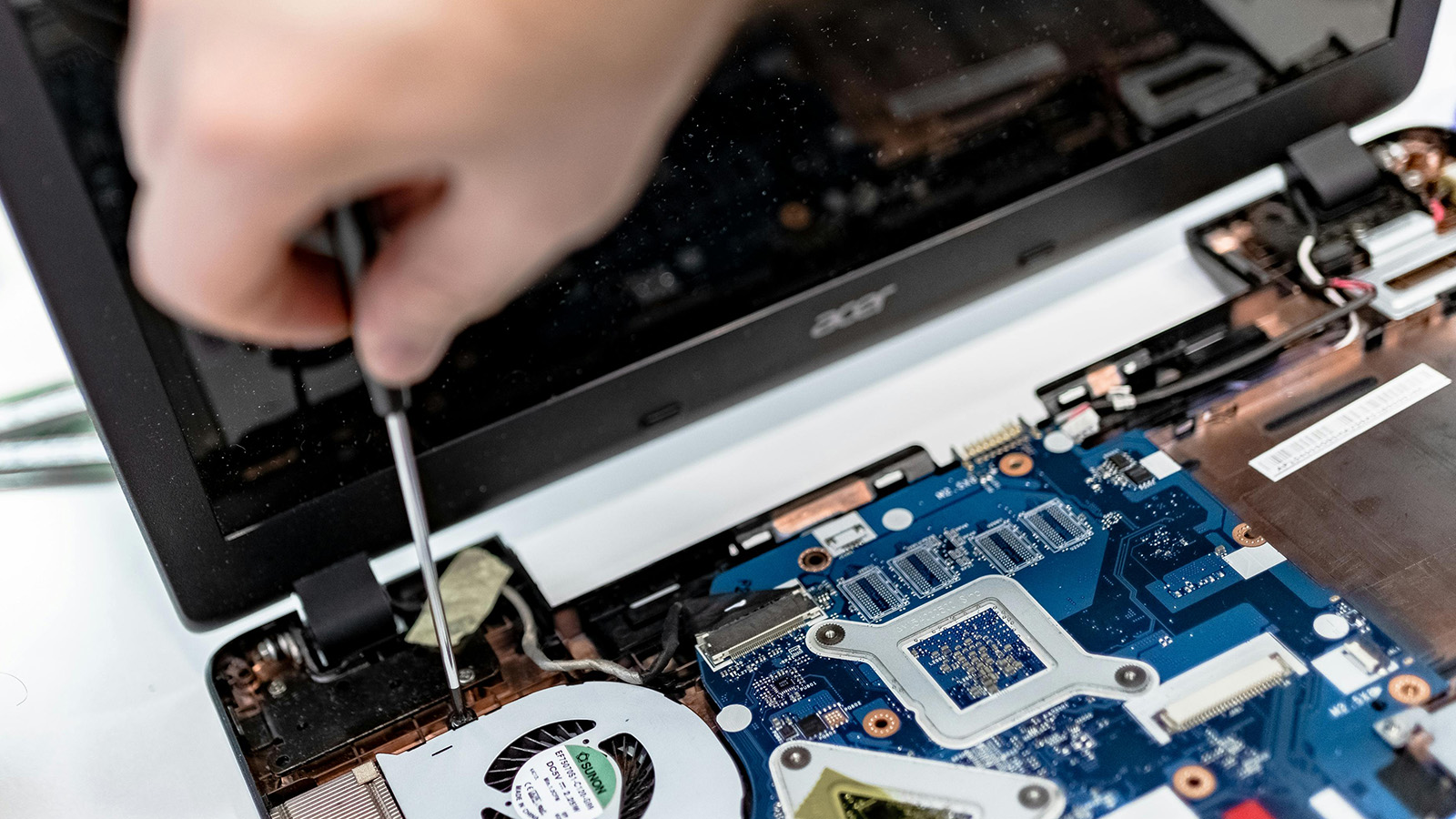
The Right to Repair and why it matters to Oregon
We should be able to fix the stuff we buy. Yet too often, companies make products that are hard to repair. That’s why Oregon needs the Right to Repair bill.

Once upon a time not that long ago, when you bought a product it came with a manual, it was relatively easy to repair, and its parts were widely available. Not so much anymore. Manufacturers of electronics and appliances too often require consumers to go back to the manufacturer or their “authorized service providers.” These legal, digital and physical barriers make it all but impossible for the owner of the product to repair their own stuff.
The results include money wasted by consumers on new products they don’t actually need as well as waste in the form of trash, much of it toxic. In Oregon alone, we toss away an estimated 1.75 million cell phones per year. Americans dispose of an estimated 416,000 cell phones every day, a manufacturing habit that takes some 23.7 million tons of raw material to satisfy each year.
The Right to Repair bill would let us fix our stuff
That’s why we’re working to pass the Right to Repair bill in Oregon — to give every consumer and every small repair shop access to the parts, tools and service information they need to repair our stuff.

The Right to Repair bill would also be good for our environment. Consider this: 85% of the energy and climate impact associated with a smartphone comes from manufacturing. Therefore, if every Oregonian extended the life of their phone by just one year, it would be the climate pollution equivalent of removing 8,100 cars off the road.
Being able to fix phones, computers and appliances instead of buying new would also save the average Oregon household $382 per year. That adds up to $649 million in savings across all Oregon households every year.
A surging Right to Repair movement
Here’s the good news: There’s growing momentum for the right to repair in Oregon and across the county:
- In 2021, President Biden issued an executive order encouraging the Federal Trade Commission (FTC) to enact new rules removing manufacturer restrictions on third-party and do-it-yourself repair of devices and equipment.
- The FTC’s commissioners have already unanimously voted to take a more aggressive approach to rooting out harmful repair restrictions.
- Since then, New York has passed a Right to Repair law for electronics, Colorado has passed one for agricultural equipment and electric wheelchairs, and Minnesota passed the country’s strongest Right to Repair law. Over 20 states have introduced Right to Repair bills in 2023.
Oregon’s next opportunity to pass Right to Repair
We were within one vote of passing the Right to Repair bill through the state Senate this year and we have a plan to get it over the finish line next year.
Early next year, lawmakers will meet again in a “short session” of just 35 days, designed to carry out “unfinished business.” We’re making a case to lawmakers that they should consider the Right to Repair bill a priority. It’s hard to imagine another bill that would have such a positive impact on so many Oregon consumers as well as our environment.
Topics
Find Out More


Consumer Protection Week 2024: Empowering Consumers in a Complex Marketplace

Oregon college students lobby legislators for two important bills
